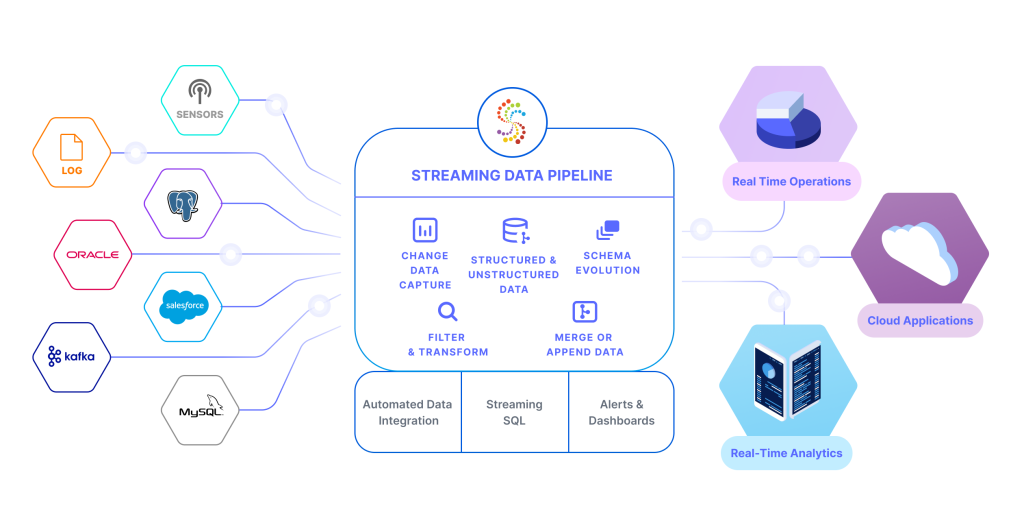
Welcome to the ultimate guide on implementing DataOps on Cloud! This article will cover everything you need to know about this topic, from the basics to the advanced concepts.
What is DataOps?
DataOps is a methodology that combines DevOps practices with data engineering and data science to improve the efficiency and effectiveness of data-driven applications. DataOps aims to streamline the entire data lifecycle, from data ingestion to data consumption, by automating processes and reducing manual interventions.
Why DataOps on Cloud?
Cloud computing has revolutionized the way businesses store, process, and analyze their data. It offers a cost-effective, scalable, and flexible solution for managing large amounts of data. By implementing DataOps on Cloud, businesses can leverage the benefits of both methodologies and achieve better results.
How to Implement DataOps on Cloud?
Implementing DataOps on Cloud requires a step-by-step approach that involves the following stages:
Stage 1: Define Your DataOps Strategy
The first step in implementing DataOps on Cloud is to define your strategy. This involves identifying your business objectives, data sources, data types, and data quality requirements. You should also consider the tools and technologies that are best suited for your needs.
Stage 2: Set Up Your Cloud Infrastructure
The second stage is to set up your Cloud infrastructure. This involves selecting a Cloud provider, such as AWS, Azure, or Google Cloud, and configuring your Cloud environment. You should also consider the security, compliance, and governance requirements of your data.
Stage 3: Implement Data Ingestion and Preparation
The third stage is to implement data ingestion and preparation. This involves collecting data from various sources, such as databases, APIs, and streaming services, and transforming it into a usable format. You should also consider the quality and consistency of your data.
Stage 4: Implement Data Processing and Analytics
The fourth stage is to implement data processing and analytics. This involves using tools and technologies, such as Apache Spark, Hadoop, and Machine Learning, to analyze and process your data. You should also consider the scalability and performance of your data processing pipelines.
Stage 5: Implement Data Delivery and Consumption
The fifth and final stage is to implement data delivery and consumption. This involves delivering insights and reports to your end-users, such as business analysts and data scientists, and integrating your data with other applications. You should also consider the usability and accessibility of your data.
Best Practices for DataOps on Cloud
To achieve optimal results, there are several best practices that you should follow when implementing DataOps on Cloud:

- Use automation tools, such as Ansible, Terraform, and Jenkins, to streamline your processes and reduce manual interventions.
- Implement continuous integration and delivery (CI/CD) pipelines to ensure that your data applications are always up-to-date and error-free.
- Monitor your Cloud infrastructure and data pipelines using tools, such as CloudWatch, Datadog, and Splunk, to detect and resolve issues quickly.
- Implement security and compliance measures, such as encryption, access control, and audit trails, to protect your data from unauthorized access and breaches.
- Foster a culture of collaboration and communication between your data engineers, data scientists, and business stakeholders to ensure that everyone is aligned with your data objectives.
Conclusion
Implementing DataOps on Cloud is a powerful way to improve the efficiency and effectiveness of your data-driven applications. By following the best practices and using the right tools and technologies, you can achieve better results and gain a competitive edge in the market. So, what are you waiting for? Start implementing DataOps on Cloud today!